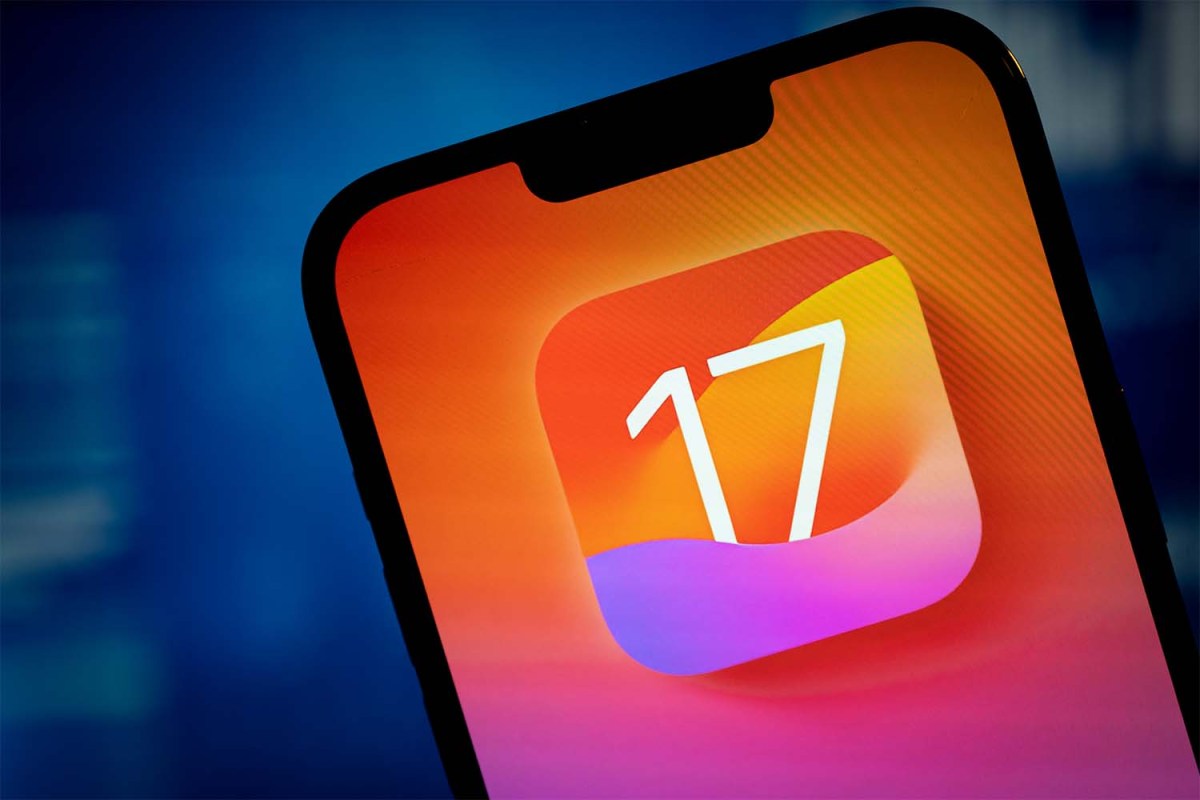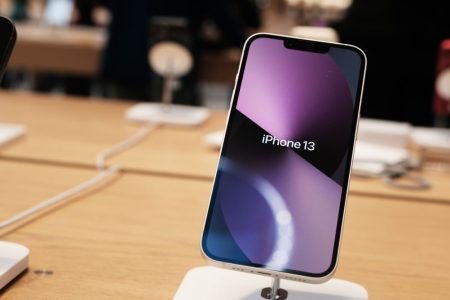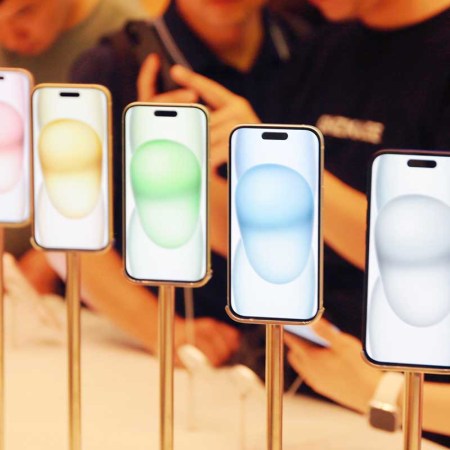Apple’s latest iOS update, 17.3 (released on Jan. 22), features a new data protection feature called Stolen Device Protection. As Wirecutter notes, this update makes it much more difficult for thieves to gain access to your private information if they have your phone — with one catch. Once you install 17.3, your phone will prompt you to enable Stolen Device Protection (you can also turn it on through the Face ID & Protection section of Settings). This setting will add another level of authentication and prevent certain changes if the user is not in a “trusted location” like your home or work.
Report: iPhone Apps Don’t Always Stop Tracking When You Tell Them To
Is fingerprinting the new tracking?So even if someone else has your phone and passcode, they’ll now have difficulty accessing stored passwords or credit card information, which will require Face ID or Touch ID biometric authentication. As well, some security actions such as changing your Apple ID password also require you to wait an hour and then perform a second Face ID or Touch ID authentication, unless you move back into a trusted location.
9to5 Mac offers a tutorial on the feature, as seen in the video below.
It’s not a perfect security system, though the delays do allow you time to mark your phone as lost (which remotely locks it). But as Fast Company notes, the iPhone often doesn’t recognize that users are in a trusted location, and there’s no way to manually tag a place as one. Instead, familiar locations are selected with the help of an iOS feature called Significant Locations. The problem? A thief could unlock your phone and gain access to those locations and get a list of “Recent Records” that are time-stamped and have their geolocation displayed on an interactive map. “A committed thief could give these exact locations a try, if they desired,” the article suggests.
Hopefully, future updates will help fix the trusted location issue. We’d still suggest making the update, as a little hassle may be worth protecting your most personal information.
This article was featured in the InsideHook newsletter. Sign up now.

























